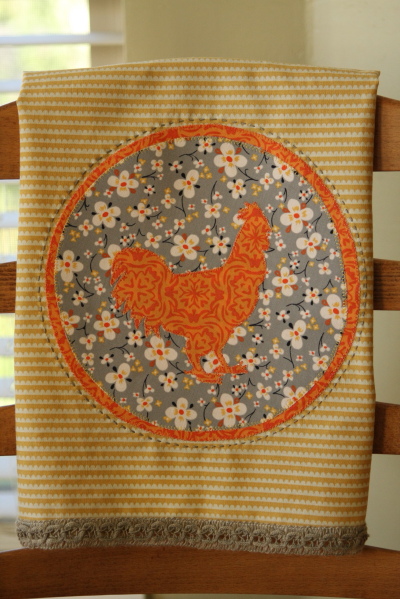Rise and Shine Dishtowel Tutorial

Whenever a new season rolls around, I love to give my kitchen a lift by hanging up a new dishtowel. It’s a small thing, but it’s always a welcome change. When I spotted the Farmdale fabrics from Alexander Henry at…

Whenever a new season rolls around, I love to give my kitchen a lift by hanging up a new dishtowel. It’s a small thing, but it’s always a welcome change. When I spotted the Farmdale fabrics from Alexander Henry at…

I have been thinking of writing a series of posts on mending for a while. Last year, I wrote about how to mend jeans with a rip in the rear… that really rolls off the tongue…. which was practical, but…